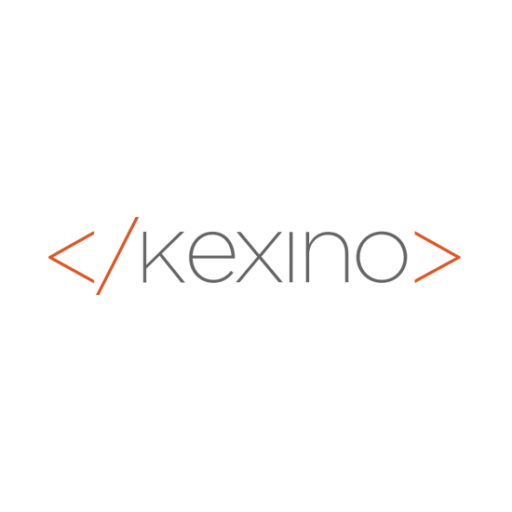
Features tell, benefits sell.
Whether it’s the process of creating a product or service, or communicating the value of what you’re selling, there’s one thing that seems to unite businesses. No matter how large or small they may be, few businesses seem to know the difference between “How” and “What”.
Take a look at the vast majority of customer-facing material from most companies and you’ll see what I mean. Most organizations are focussed on the “How”. By that, I mean that most businesses design and communicate their value based upon how a product / service does what it does.
It’s not about ‘How’. It’s about ‘what’
“Our brand new Okey-Cokey 2000 combines Wi-fi 802.11n with a secure, cloud-based repository for platform and location-independent data access.”
Eh?
Unless you’re a geek selling to geeks, positioning your communication around how your product or service does what it does is missing the point. Why? Because it’s not how buyers think.
By talking about how your product / service works you’re asking the buyer to jump the chasm between feature and benefit, asking them to form their own hypothesis about what it brings them. “Aha! So if I buy the Okey Cokey 2000 I’ll be able to share such-and-such with so-and-so, I don’t have to worry about A, B and C – plus it’ll be better/faster/cheaper than X, Y and Z.”
You’re dependent on the buyer making the connection between the features of your product or service, and the problem the customer thinks they have. You’re hoping that they will fill-in the blanks.
The reality today is that, by and large, customers don’t care about you. They want to know what’s in it for them.
By (only) talking about how your product or service does what it does, you’re talking about yourself. In contrast basing your communication around the benefit, value, and convenience your product can bring to the customer delivers two key advantages. Firstly, you are reducing the friction between abstract technical considerations and buyer benefits. Secondly, and perhaps more importantly, you are delivering the value benefit under your terms, not theirs. By you taking responsibility in clearly stating the what, the chances of them making the wrong benefit assumptions are removed.
Sell the hole, not the drill
As well as credited with coining the term “globalization”, former Harvard marketing professor Theodore Levitt is quoted as saying “People don’t want to buy a quarter-inch drill. They want a quarter-inch hole.”
Sell the hole, not the drill. Base your communications around what your product or service brings to the customer. How it solves a problem. How it makes their life easier.
Companies whose products or services have a strong technical or engineering-based foundation are often the worst culprits for missing out on benefits. It’s too easy to focus on what’s under the hood – especially in today’s increasingly-competitive commercial environment. Rather than taking a step back and looking at the best way to solve the customer’s problem, many businesses look no further than the technical aspects of a competitor’s product.
Apple – as is so often the case – are an example of doing it right. You’ll never hear about how fast the processor is in an iPhone or iPad, or how much RAM is in there. Why? Because it doesn’t matter. As long as the user doesn’t feel the device to be ‘slow’, such features are immaterial. Similarly, for many years if you ever asked a Rolls-Royce salesperson about how much horsepower the engine produced, the answer they gave was “The power is sufficient.“
Features vs. Benefits
However, this is not to say that features don’t have their place. Buyers need tech specs in order to make comparisons – size, weight, power consumption, available colors, whatever. But unless whatever you’re selling is seen as being a commodity (in which case you have a whole heap of other problems) buyers won’t buy on features alone.
But focussing on benefits rather than features is hard. It’s easy to talk about bits and bytes, about terminology and jargon and acronyms. It’s far harder to take the time and effort to get to know customers, to know their concerns, and communicate business value accordingly. But that’s the point, and one of the ways of creating awareness and differentiation.
First identify what you do, and why you do it. Only then get to the how.
ABOUT THE AUTHOR

Gee Ranasinha is CEO and founder of KEXINO. He's been a marketer since the days of 56K modems and AOL CDs, and lectures on marketing and behavioral economics at two European business schools. An international speaker at various conferences and events, Gee was noted as one of the top 100 global business influencers by sage.com (those wonderful people who make financial software).
Originally from London, today Gee lives in a world of his own in Strasbourg, France, tolerated by his wife and teenage son.
Find out more about Gee at kexino.com/gee-ranasinha. Follow him on on LinkedIn at linkedin.com/in/ranasinha or Instagram at instagram.com/wearekexino.
Recent articles:
How Behavioral Science Thinking Improves Marketing Effectiveness

Dark Social: The Hidden Conversations Marketers Can’t See

Marketing In A Recession: How To Weather The Storm

How To Convince A Marketing Skeptic

Privacy Protection: Why Ad Tracking Must End

Marketing Isn’t About Being Brave: It’s About Being Effective

